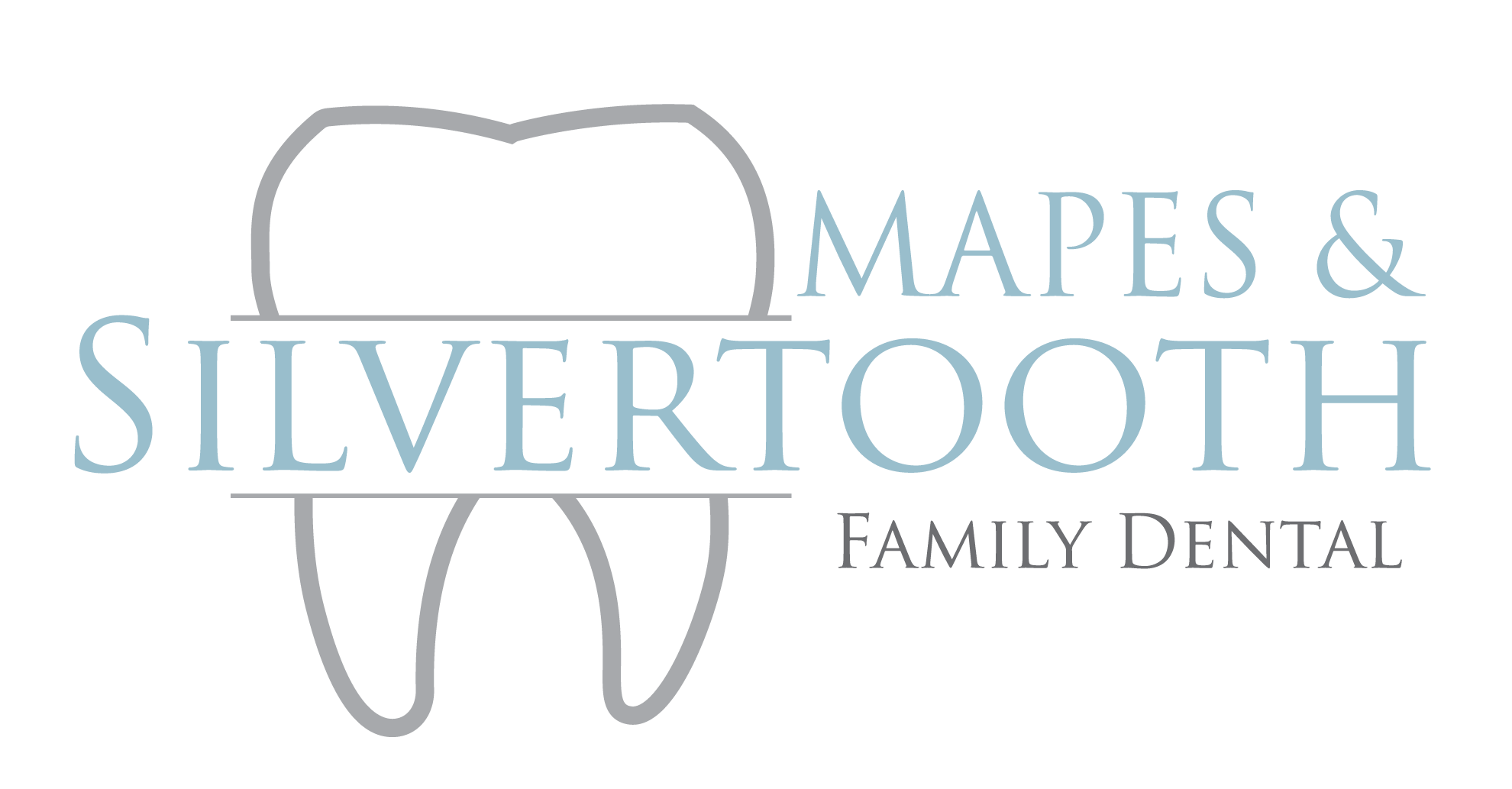Dealing with tooth sensitivity can significantly impact your daily life and enjoyment of various foods and beverages. Whether it's a sip of hot coffee or a bite of your favorite ice cream, sensitive teeth can turn these simple pleasures into sources of discomfort. A crucial step in managing tooth sensitivity is selecting the right toothpaste. The market is flooded with options, making the decision seem overwhelming. This comprehensive guide aims to navigate you through the factors to consider and provide valuable insights to help you make an informed decision.
 Understanding Tooth Sensitivity
Understanding Tooth Sensitivity
To begin, it's essential to understand the root causes of tooth sensitivity. Tooth sensitivity often stems from issues such as enamel erosion, gum recession, or exposed dentin. By identifying the source of your sensitivity, you can tailor your approach to find a toothpaste that addresses your specific needs.
Enamel erosion, commonly caused by acidic foods and beverages, can lead to the exposure of dentin—the layer beneath the enamel that houses nerve endings. Gum recession, often a result of improper brushing techniques, can expose the roots of the teeth, contributing to sensitivity. Understanding the specific cause of your sensitivity is the first step in finding an effective solution.
Key Ingredients to Look For
Not all toothpaste formulations are created equal. Its ingredients are the key to finding the right toothpaste for sensitive teeth. Potassium nitrate, fluoride, and desensitizing agents are crucial components that work together to alleviate sensitivity and strengthen your teeth.
Potassium nitrate is known for its ability to desensitize nerve endings in the teeth. It works by blocking the transmission of pain signals from the tooth surface to the nerve. Conversely, fluoride plays a vital role in strengthening enamel, making it more resistant to acid attacks and reducing sensitivity. Desensitizing agents, such as strontium chloride or arginine, work by blocking the tubules in the dentin, preventing external stimuli from reaching the nerves.
Understanding how these ingredients function can guide you toward a toothpaste that suits your needs. When selecting a toothpaste, look for one that combines these key ingredients for comprehensive sensitivity relief.
Types of Toothpaste for Sensitive Teeth
Fluoride Toothpaste
Fluoride is a powerhouse when it comes to strengthening enamel. Explore fluoride-based toothpaste options and understand how they contribute to reducing sensitivity. Suppose you have concerns about fluoride or prefer fluoride-free alternatives. In that case, this section will provide insights into potential choices that align with your preferences.
Fluoride, a naturally occurring mineral, helps remineralize enamel, making it more resistant to acid attacks. Many toothpaste formulations include fluoride for its proven ability to strengthen teeth and prevent cavities. When selecting a fluoride toothpaste for sensitive teeth, ensure that it contains an appropriate concentration of fluoride (usually between 1,000 and 1,500 parts per million) to maximize its effectiveness.
For those who prefer fluoride-free options, there are natural toothpaste alternatives available. These often contain alternative ingredients such as hydroxyapatite, a mineral that makes up a significant portion of tooth enamel, or xylitol, a sugar substitute known for its cavity-fighting properties.
Desensitizing Toothpaste
Specifically designed to target nerve endings, desensitizing toothpaste is a popular choice for individuals with sensitive teeth. Learn how these formulations
work and when they might be the most suitable choice for your dental care routine. Understanding the specific mechanisms behind desensitizing agents can help you make an informed decision.
Desensitizing toothpaste often contains compounds like potassium nitrate or strontium chloride, which work by blocking the tubules in the dentin, preventing external stimuli from reaching the nerves. These toothpastes are particularly effective in providing quick relief for individuals experiencing immediate sensitivity.
When choosing a desensitizing toothpaste, consider the concentration of the active ingredient and whether the product is suitable for long-term use. Some desensitizing toothpaste may be recommended for limited use or alternated with regular toothpaste to maintain effectiveness.
Natural and Herbal Toothpaste
For those inclined toward natural options, this section explores toothpaste choices infused with herbal and natural ingredients. Discover the potential benefits of natural toothpaste and understand how these options measure up in addressing tooth sensitivity. While natural alternatives can be appealing, weighing their effectiveness against your specific dental needs is crucial.
Natural and herbal toothpaste options often feature ingredients like tea tree oil, aloe vera, or chamomile, which are known for their soothing properties. Some formulations may also incorporate baking soda, known for its mild abrasive properties that can help remove surface stains.
While natural toothpaste can contribute to overall oral health, it's important to note that not all natural ingredients are proven to address tooth sensitivity. If you opt for a natural toothpaste, ensure it contains desensitizing agents or fluoride to effectively manage sensitivity.
Choosing the Right Toothpaste for Your Needs
With a plethora of options available, it's time to narrow down your choices. Follow these steps to choose the right toothpaste based on your specific needs, preferences, and lifestyle.
- Identify the Cause of Sensitivity: Reflect on the potential causes of your tooth sensitivity, whether it be enamel erosion, gum recession, or other factors. Understanding the root cause will guide your selection process.
- Consult with Your Dentist: If you need more clarification about the cause of your sensitivity or which toothpaste is best for you, consult with your dentist. They can provide valuable insights based on your specific dental condition.
- Consider Fluoride Content: Evaluate the fluoride content in the toothpaste you choose. For individuals without fluoride concerns, a fluoride toothpaste can be highly effective in strengthening enamel. If you prefer fluoride-free options, look for alternatives that provide comparable benefits.
- Explore Desensitizing Options: If you experience immediate sensitivity, consider desensitizing toothpaste for quick relief. Check the concentration of desensitizing agents and ensure the product is suitable for long-term use.
- Natural vs. Traditional: Consider whether you prefer a natural toothpaste or a traditional formulation. Keep in mind that the key is to choose a toothpaste that effectively addresses sensitivity while aligning with your personal preferences.
Consideration of Other Dental Products
Toothpaste is just one piece of the puzzle. Explore how other dental products, such as mouthwash and toothbrushes, can complement your toothpaste choice and enhance its effectiveness in managing tooth sensitivity. Creating a comprehensive oral care routine is essential for overall dental health.
- Select a Toothbrush with Soft Bristles: A toothbrush with soft bristles is gentler on sensitive teeth and gums. Brushing too vigorously with a hard-bristle brush can exacerbate sensitivity and contribute to enamel erosion.
- Incorporate a Fluoride Mouthwash: Consider using a fluoride mouthwash to further strengthen enamel and provide additional protection against sensitivity. Consult with your dentist to determine the most suitable mouthwash for your needs.
- Practice Proper Oral Hygiene: Ensure you practice proper oral hygiene by brushing your teeth twice daily and flossing regularly. Consistent oral care is crucial for managing sensitivity and maintaining overall dental health.
Tips for Maintaining Oral Health

- Use a Gentle Brushing Technique: Brush your teeth using gentle, circular motions to avoid abrasive brushing that can contribute to enamel erosion. Hold the toothbrush at a 45-degree angle to your gums to clean both the teeth and the gumline effectively.
- Avoid Acidic Foods and Beverages: Limit the consumption of acidic foods and beverages, such as citrus fruits and sodas, as they can contribute to enamel erosion. If consumed, rinse your mouth with water afterward to neutralize acids.
- Consider a Night Guard: If tooth sensitivity is exacerbated by teeth grinding or clenching, consider using a night guard. This dental appliance can help protect your teeth from excessive pressure and reduce sensitivity.
- Stay Hydrated: Drinking adequate water is essential for overall health, including oral health. Water helps rinse away food particles and bacteria, contributing to a healthy oral environment.
- Regular Dental Check-ups: Schedule regular dental check-ups to monitor your oral health and address any emerging issues promptly. Your dentist can identify signs of sensitivity, recommend appropriate treatments, and adjust your oral care routine as needed.
Consultation with a Dentist
While this guide offers valuable insights, consulting with a dental professional for personalized advice is essential. Regular dental check-ups are key, allowing your dentist to tailor a dental care plan that addresses your specific needs and concerns. Your dentist can provide a thorough examination, identify any underlying issues contributing to sensitivity, and recommend appropriate treatments or adjustments to your oral care routine.
During your dental visits, communicate openly with your dentist about any changes in sensitivity or preferences for toothpaste. They can offer guidance on adjusting your oral care routine and recommend additional treatments, such as professional fluoride applications or desensitizing treatments.
Conclusion
In conclusion, choosing the right toothpaste for sensitive teeth involves understanding the causes of sensitivity, exploring different toothpaste options, and considering your individual preferences and needs. By following this comprehensive guide, you can make an informed decision that contributes to a healthier, happier smile.
Remember, the journey to addressing tooth sensitivity starts with the right toothpaste choice and a commitment to excellent oral hygiene. With the right knowledge and habits, you can take control of your oral health and enjoy a life free from the discomfort of sensitive teeth. Whether you opt for a fluoride toothpaste, a desensitizing formulation, or a natural alternative, the key is to select a toothpaste that aligns with your specific dental needs and fits seamlessly into your oral care routine. As you embark on this journey, remember that your dentist is a valuable partner in maintaining your oral health, providing guidance, and addressing any concerns that may arise along the way.
In the pursuit of a brighter, healthier smile, the right toothpaste can be a game-changer. Choose wisely, prioritize good oral hygiene, and savor the joy of enjoying your favorite foods and beverages without the worry of tooth sensitivity. Contact us today for a brighter smile!
Ready to find out more?
Click for more information !



